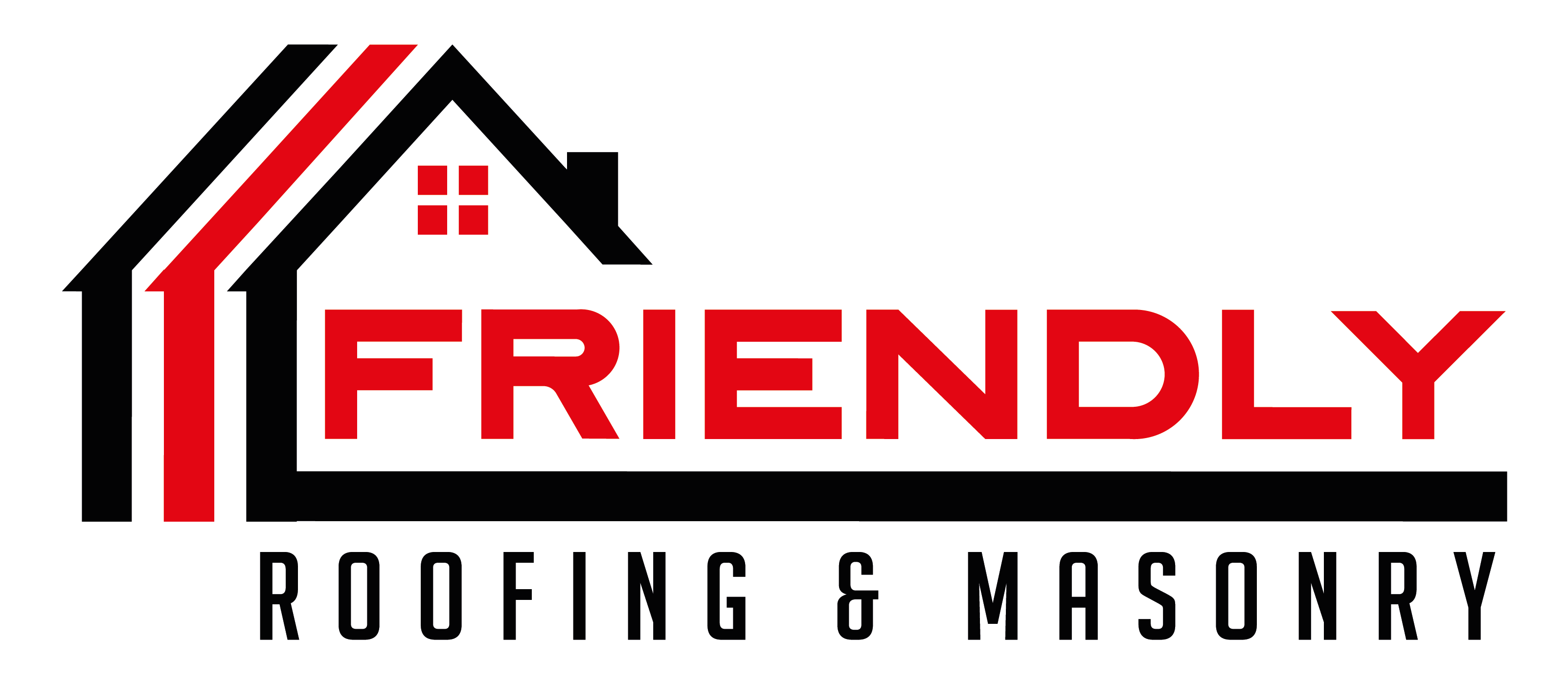Maintaining a healthy roof is fundamental to safeguarding your home against weather elements and preserving its structural integrity. Regular roof inspections are a crucial part of this maintenance routine, but how often should you be checking your roof? Let’s explore in-depth the importance of regular roof inspections and determine the optimal frequency based on various factors.
Why Regular Roof Inspections Matter
Your roof is constantly exposed to the elements, which can lead to wear and tear over time. Regular inspections help identify issues early, preventing costly repairs and extending the lifespan of your roof. Here are key reasons why regular roof inspections are essential:
- Early Problem Detection: Catching issues like damaged shingles, leaks, or structural weaknesses early can prevent them from escalating into major problems.
- Safety Assurance: A well-maintained roof ensures the safety of your home and its occupants by preventing hazards like mold growth or structural failures.
- Cost Savings: Timely repairs identified during inspections are generally less expensive than extensive repairs or roof replacements necessitated by neglected issues.
- Insurance Compliance: Many insurance policies require regular roof inspections to maintain coverage eligibility and facilitate smoother claims processes in case of damage.
Factors Affecting Inspection Frequency
The frequency of roof inspections can vary depending on several factors:
- Age of the Roof: Older roofs typically require more frequent inspections due to increased susceptibility to wear and tear.
- Weather Conditions: Harsh weather conditions like heavy rainfall, snow, or extreme temperatures may necessitate more frequent inspections.
- Type of Roofing Material: Different roofing materials have varying durability and maintenance needs, affecting the inspection schedule.
- Surrounding Environment: Trees, debris, and nearby construction can impact the condition of your roof and require more frequent inspections.
Recommended Inspection Schedule
So, how often should you check your roof? Here are general guidelines based on different scenarios:
- Annually: It’s recommended to conduct a professional roof inspection at least once a year. This annual check-up helps identify any issues that may have developed over the seasons.
- After Severe Weather: Following severe weather events such as storms, hurricanes, or heavy snowfall, it’s advisable to inspect your roof for any damage promptly.
- Before Winter: Inspecting your roof before the winter season can ensure it’s prepared to withstand harsh weather conditions and prevent potential issues like ice dams.
- After Roofing Work: If any repairs or maintenance work has been done on your roof, follow-up inspections are recommended to ensure the work was completed satisfactorily.
DIY Regular Roof Inspections Between Professional Visits
While professional inspections are essential, homeowners can also perform regular DIY inspections between scheduled visits. Here’s what to look for during a DIY roof inspection:
- Check Shingles: Look for signs of damage, such as cracked, curling, or missing shingles.
- Inspect Flashing: Check the flashing around chimneys, vents, and skylights for signs of wear or damage.
- Clear Debris: Remove leaves, branches, and debris from gutters and roof surfaces to prevent water accumulation and potential damage.
- Look for Signs of Leaks: Check ceilings and walls for water stains or signs of moisture, indicating potential roof leaks.
- Interior Inspection: Examine attic spaces for signs of water penetration, mold growth, or pest infestations, which can indicate roof issues.
Importance of Professional Inspections
While DIY regular roof inspections are helpful, professional roof inspections by qualified contractors are indispensable for comprehensive roof maintenance. Professional inspectors have the expertise to identify hidden issues and assess the overall condition of your roof accurately. They can also provide recommendations for repairs or maintenance based on their findings.
The Impact of Roof Age
The age of your roof is a crucial factor in determining inspection frequency. Generally, older roofs require more regular roof inspections due to natural wear and tear. Asphalt shingle roofs, for example, typically last 20-25 years and may need inspections every 1-2 years as they approach this lifespan. On the other hand, newer roofs with more durable materials like metal or tile may require less frequent inspections but still benefit from regular maintenance checks.
Local Climate Considerations
Local climate conditions play a significant role in roof maintenance. Areas prone to heavy rainfall, snow, or extreme heat may experience accelerated roof deterioration, necessitating more frequent inspections. It’s essential to tailor your inspection schedule to match the specific climate challenges of your region to ensure optimal roof performance and longevity.
Conclusion
Regular roof inspections are vital for maintaining a sturdy and secure roof over your home. By scheduling inspections based on the age of your roof, local weather conditions, and other factors, you can ensure early detection of issues and timely repairs. Remember to combine professional inspections with periodic DIY checks to keep your roof in optimal condition year-round. By investing in regular roof maintenance, you’ll protect your home, save on repair costs, and ensure peace of mind knowing your roof can weather any storm. Don’t wait until problems arise—take proactive steps to preserve your roof and safeguard your home’s longevity and value.

